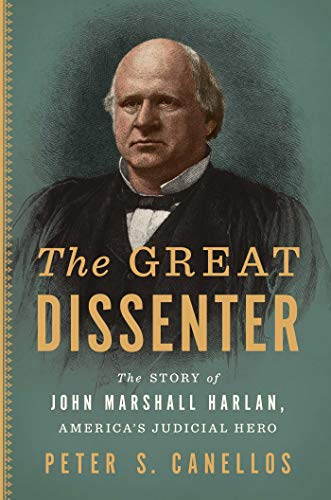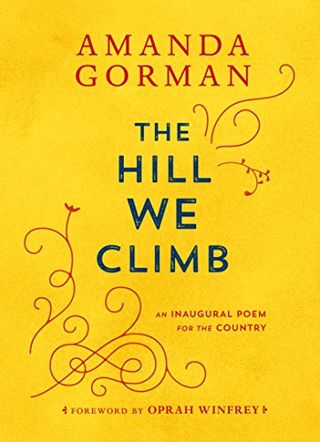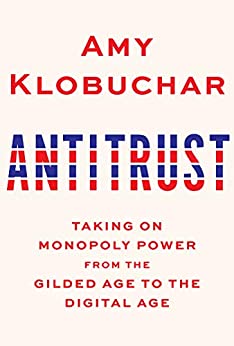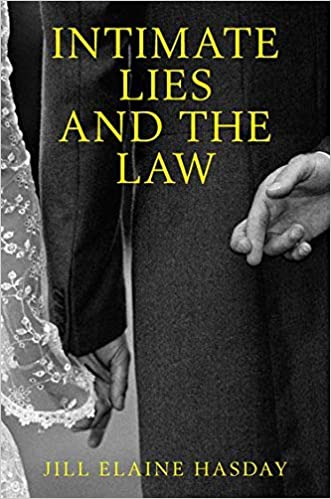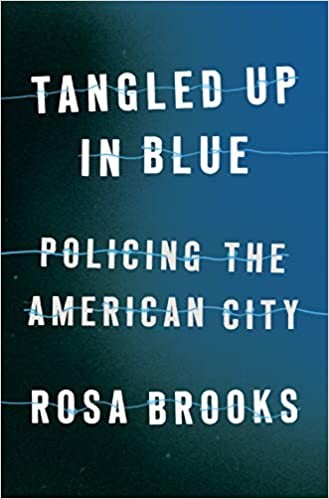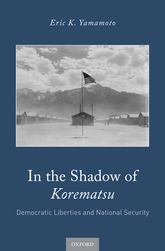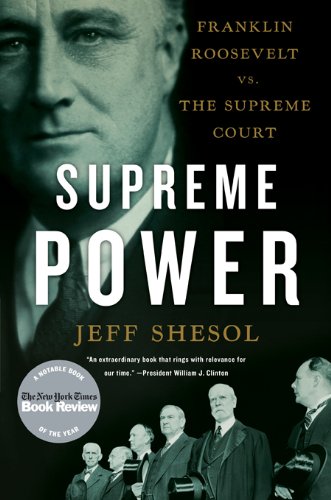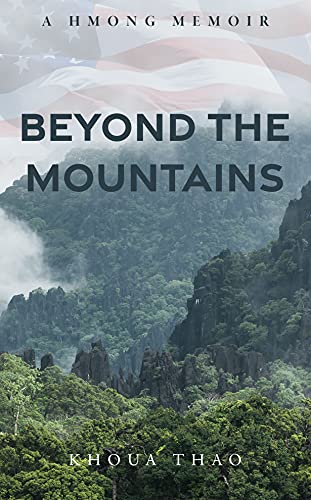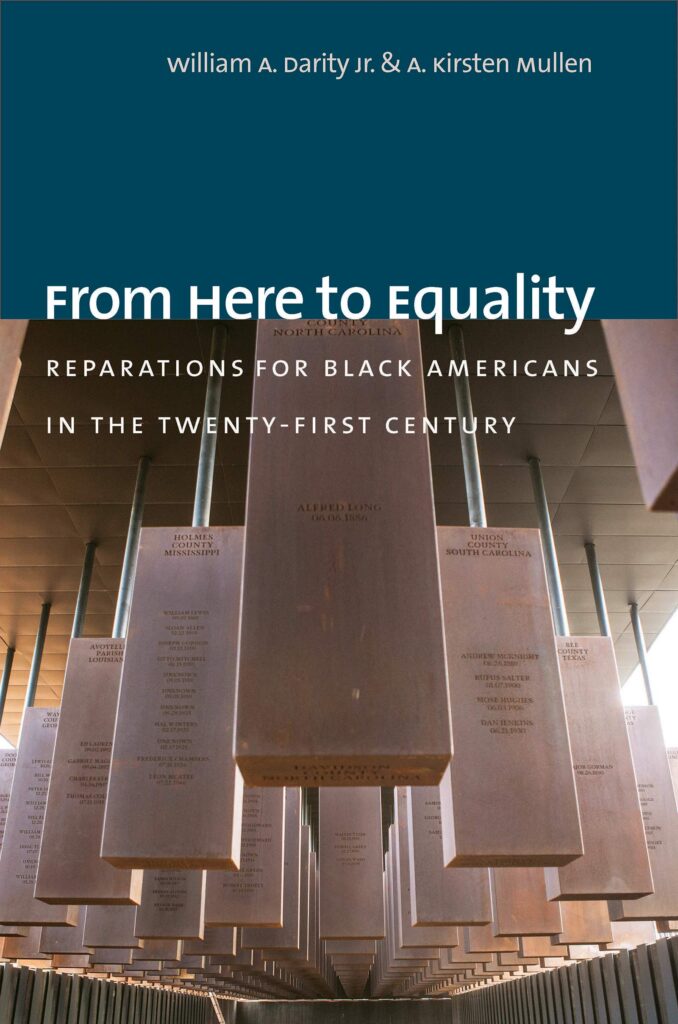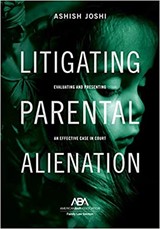
While there are some who deny it exists, most courts accept the notion that parental alienation is a problem and that it occurs when a child carries views of the other parent that aren’t justified by reality. In Litigating Parental Alienation, author Ashish Joshi explains the research and context for parental alienation (PA) and provides tips, including a five-factor model, for litigating the issue.
In her foreword to the book, Michigan Supreme Court Justice Mary McCormack notes that parental alienation may be unintentional. Whether intentional or unintentional, PA causes harm to a child that can be serious and long-lasting. The chief justice also states that alienating behaviors “harm children and parents alike. And they make family law judges’ work exceptionally difficult to get right. When practitioners know more about the substance of parental alienation, they put themselves in the best position to advocate for their clients and put the courts in the best position to reach the right results.” (p. xiii)
PA manifests when a child allies himself or herself strongly with the preferred parent and rejects a relationship with the other parent without legitimate justification. In Chapter 4, the author explains the “five-factor model” that infers that parental alienation has occurred. The five factors are: the child resists a relationship with the parent; the child had a prior positive relationship with the rejected parent; there is a lack of abuse by the rejected parent; there are alienating behaviors by the preferred parent; the child exhibits alienation behaviors. (pp 83-104) Using caselaw examples, Joshi fleshes out how the factors are investigated and used in litigation.
Expert testimony can support the existence of parental alienation, and the Joshi analyzes both Frye and Daubert tests for admissibility of evidence. The author also explains the role of the guardian ad litem and lists best practices for GALs who represent children in PA cases. While courts discern whether or not PA has occurred, they also aim to correct distortions and try to reunify the alienated child with the rejected parent. (p. 50)
Throughout the book, Joshi examines court cases from around the country, including some from Minnesota. He also introduces the Duluth power and control wheel in his discussion of PA and domestic violence. He notes that actual child abuse can differ from PA; however, PA is a form of family violence.
The book is available from the Ramsey County Law Library. The library also has the 2018 title Parental Alienation and Abuse Allegationspublished by the National Business Institute.
Ashish S Joshi, Litigating Parental Alienation: Evaluating and Presenting an Effective Case in Court. Chicago, Illinois : ABA, American Bar Association, Family Law Section, 2021.
